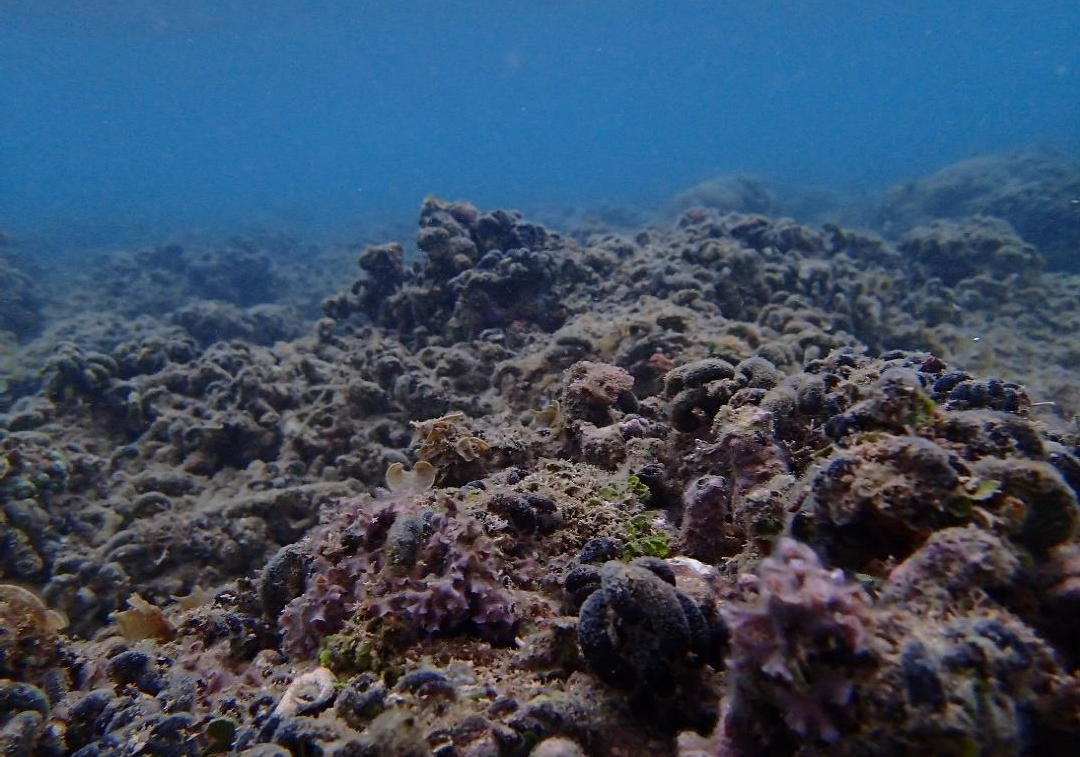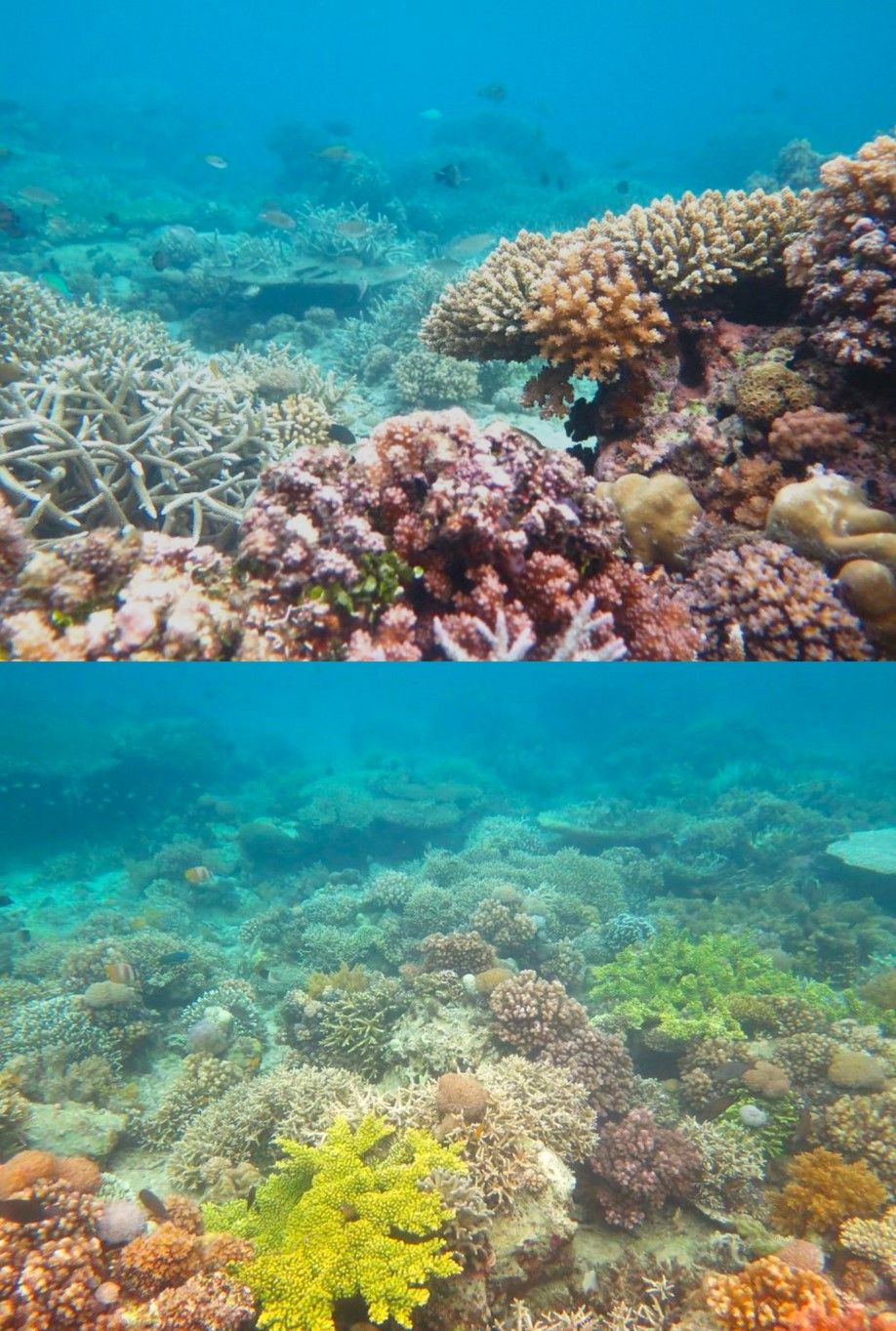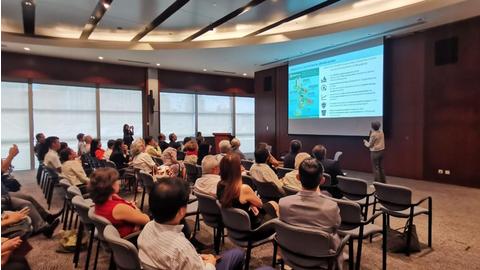Companies news
CMA CGM Group and Endangered Species International to expand Live Coral Cover at Protected Sites Within the Coral Triangle

- Renewed partnership seeks to further expand the 2.5 hectares of coral cover that ESI restored with CMA CGM’s support
- 22 coral species recovered at CMA CGM - ESI protected sites, while marine species in the area increased from 137 to 155
- Empower at least 5,000 local children from the coastal communities annually to practise coral and mangrove protection
The CMA CGM Group, a global player in sea, land, air and logistics solutions; and Endangered Species International (ESI), a non-profit organization, have extended their collaboration until November 2025 to protect and restore corals that sit within some 6,000 km2 of the ocean bed in Malaysia and the Philippines.
The renewal continues the CMA CGM - ESI coral conservation and restoration partnership between July 2021 and July 2023 at three protected sites, namely: Between Balabac Island (the Philippines) and Pulau Banggi (Malaysia) – site 1; Negros in Central Philippines – site 2; and Sarangani Bay in Mindanao in Southern Philippines – site 3.
The sites are located within the Coral Triangle with over 85% of its coral reefs facing multiple threats from illegal fishing practices, pollution and coastal development.
Taking into account the current state of corals and consultation with local communities, CMA CGM and ESI have prioritised to further restore damaged coral ecosystem in the Coral Triangle by:
- Continuing to assess coral reef health and fish species at all protected sites
- Patrolling to intervene destructive fishing activities that may shatter coral colonies at site 1
- Coral gardening at sites 2 and 3 to further breed coral growth
- Removing invasive species and plastics that threaten the well-being of coral reefs
- Involving at least 5,000 children and coastal communities annually on reef and mangrove conservation
Live coral coverage was expanded from 37% to 50% since 2021, and both partners now aim to reach 65% by the end of 2025.
Active coral gardening will continue across sites 2 and 3 to expand live coral coverage. Since the beginning of CMA CGM and ESI’s partnership in 2021, live coral coverage was expanded to 50%, and both partners now aim to reach 65% of coral restoration by the end of 2025. 2.5 hectares of coral reef cover were restored following the transplantation of 710 coral fragments; as well as removal of invasive species such as Crown-of-thorns starfish and plastics from the protected sites.
22 coral species recovered; marine species increased to 155 at CMA CGM-ESI protected sites Among the 22 coral species which have recovered, 15 are part of the International Union for Conservation of Nature’s (IUCN) Red List of Threatened Species.
The ecosystems at the protected sites observe a thriving presence of 155 fish species today, up from 137 two years ago. Endangered marine species such as green sea turtles, whale sharks, three-spot seahorses, reef manta rays, and dugongs have been sighted more frequently at the sites.
Empowering at least 5,000 local children from the coastal communities annually.
Having mobilised locals in the Philippines to patrol for illegal fishing activities, seven destructive fishing attempts were stopped and reported in the last two years. The patrolling effortssucceeded as a deterrent with no illegal fishing activities reported since July 2022.
While monitoring of such activities continues, the renewed CMA CGM - ESI partnership plans for coral and mangrove awareness sessions with at least 5,000 children from the coastal communities in the Philippines each year. The outreach will emphasise on how corals are closely tied to their livelihoods so that they appreciate and practise coral protection as individuals for sustainable food, income and protection from storms.
Laurent OLMETA, Chief Executive Officer CMA CGM Asia Pacific Ltd, said, “CMA CGM’s collaboration with ESI has made exciting achievements in the Coral Triangle. In better ways, we shall advance our shared goals for sustainable coral reef ecosystems, with healthy reef serving as carbon sink and a richer marine life that fuels fisheries for food and income.”
Pierre FIDENCI, ESI President said, “Coral reefs provide a large fraction of Earth’s biodiversity, protecting and restoring them are essential for the future of human societies. Our continued partnership will sustain our hard work and conservation success for corals and ocean.”


Rare clownfish and nudibranch spotted at protected site. While clownfish may be more commonly known to find homes in coral reefs, Nudibranchs (sea slug) is an important part of the health of the marine ecosystem.

Arcopora corals recovering at site 3. 47 species of corals have been recorded at the protected sites to date.

State of corals before restoration works by ESI in 2021.

State of corals after 2 years of restoration work by ESI in 2023.
SOURCE: CMA-CGM


